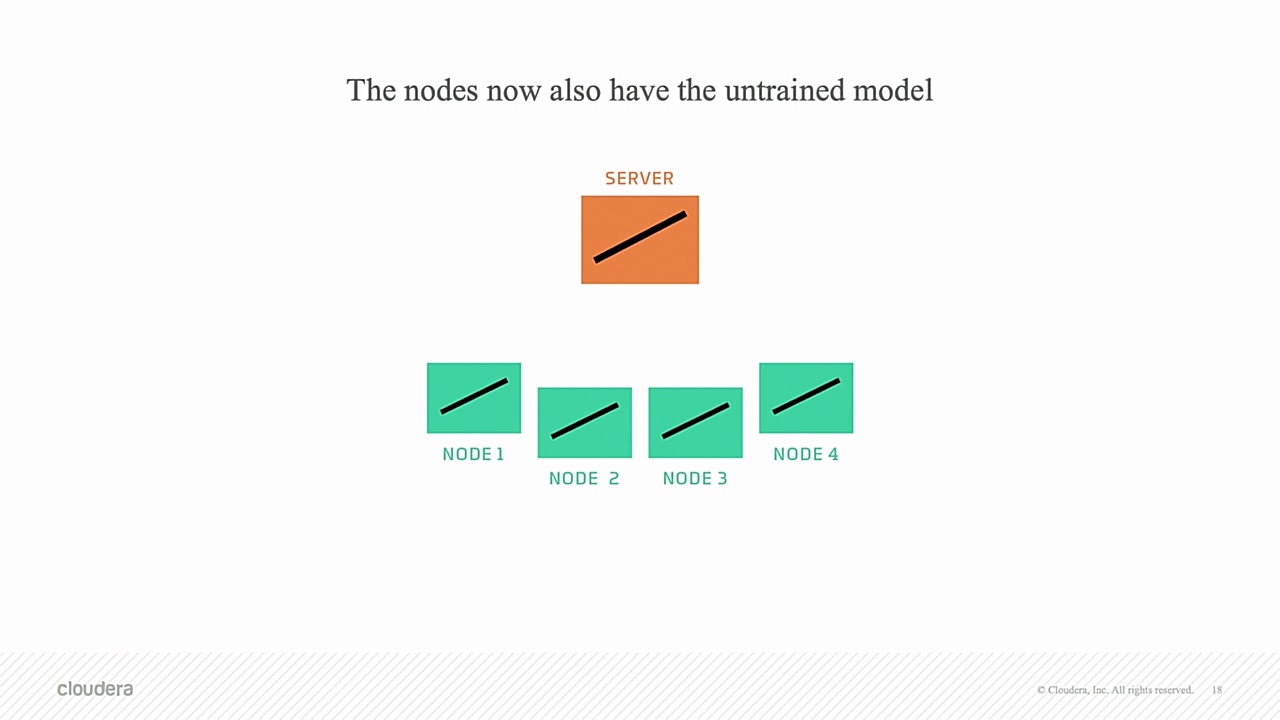Federated Learning
iSpeech
Federated Learning makes it possible to build machine learning systems without direct access to training data. The data remains in its original location, which helps to ensure privacy, reduces network communication costs, and taps edge device computing resources. The principles of data minimization established by the GDPR, and the growing prevalence of smart sensors make the advantages of federated learning more compelling. Federated learning is a great fit for smartphones, industrial and consumer IoT, healthcare and other privacy-sensitive use cases, and industrial sensor applications.
We’ll present the Fast Forward Labs team’s research on this topic and the accompanying prototype application, “Turbofan Tycoon”: a simplified working example of federated learning applied to a predictive maintenance problem. In this demo scenario, customers of an industrial turbofan manufacturer are not willing to share the details of how their components failed with the manufacturer, but want the manufacturer to provide them with a strategy to maintain the part. Federated learning allows us to satisfy the customer's privacy concerns while providing them with a model that leads to fewer costly failures and less maintenance downtime.
We’ll discuss the advantages and tradeoffs of taking the federated approach. We’ll assess the state of tooling for federated learning, circumstances in which you might want to consider applying it, and the challenges you’d face along the way.
source








Gloss